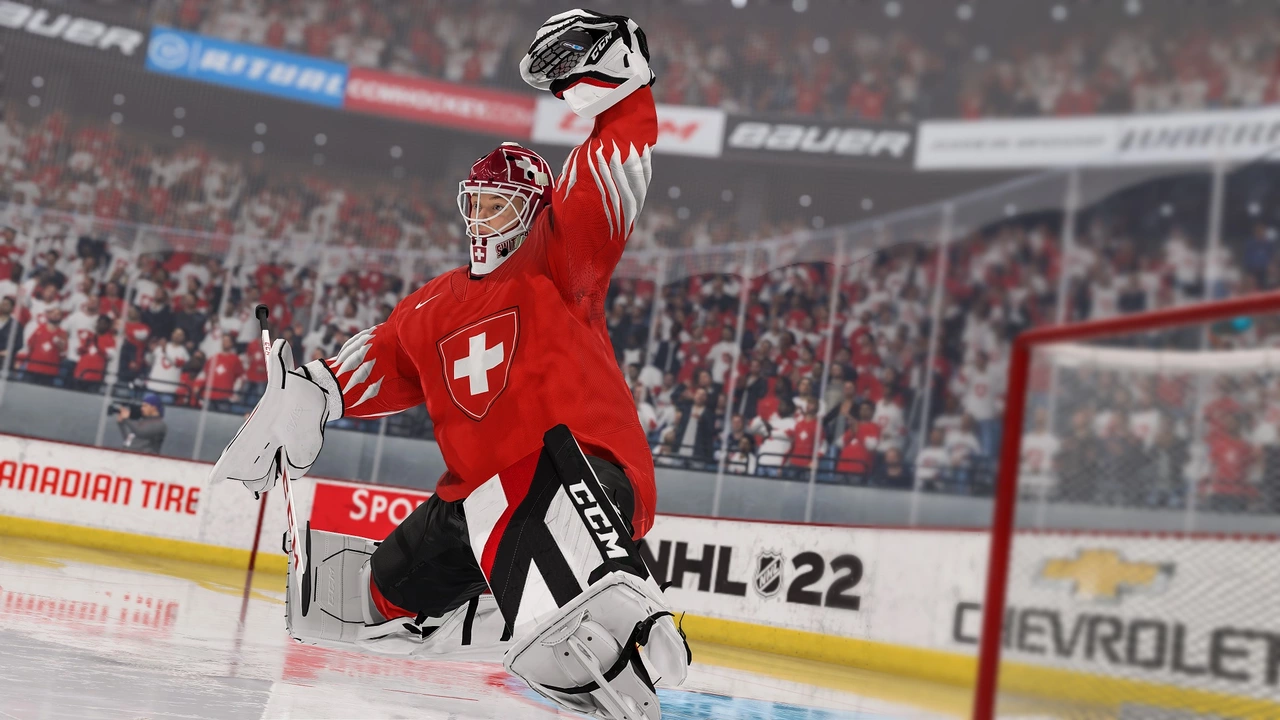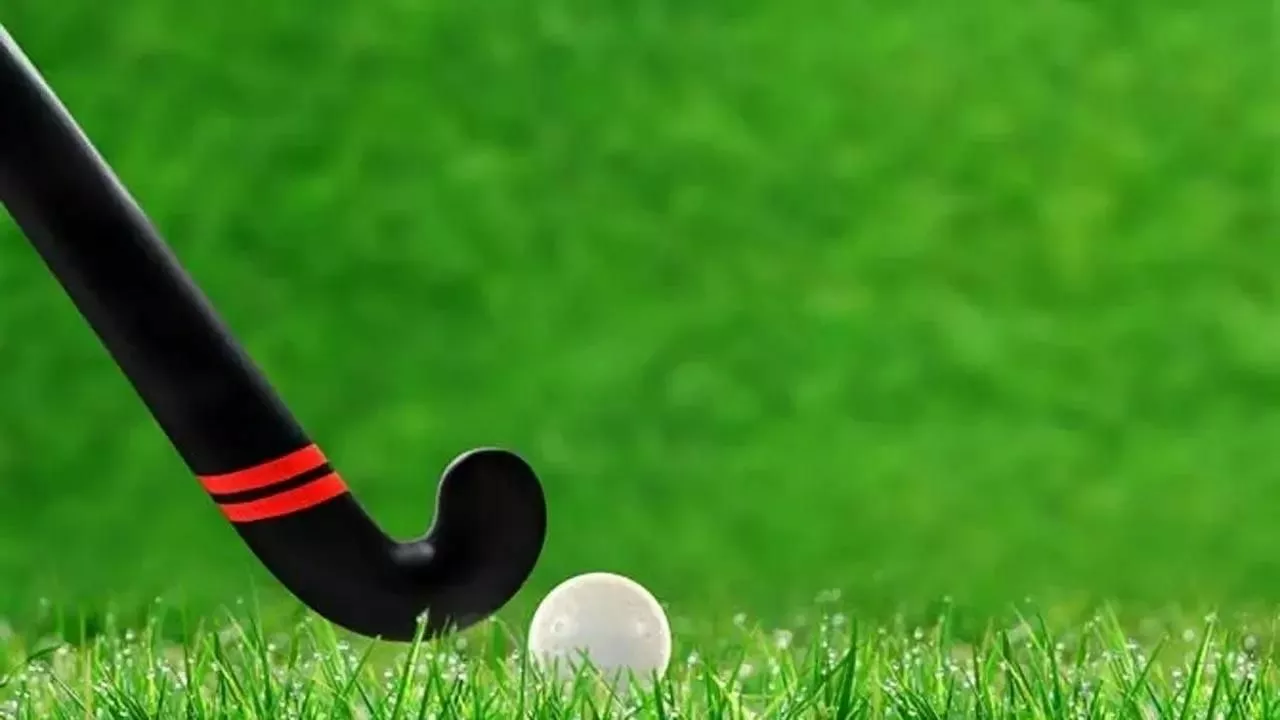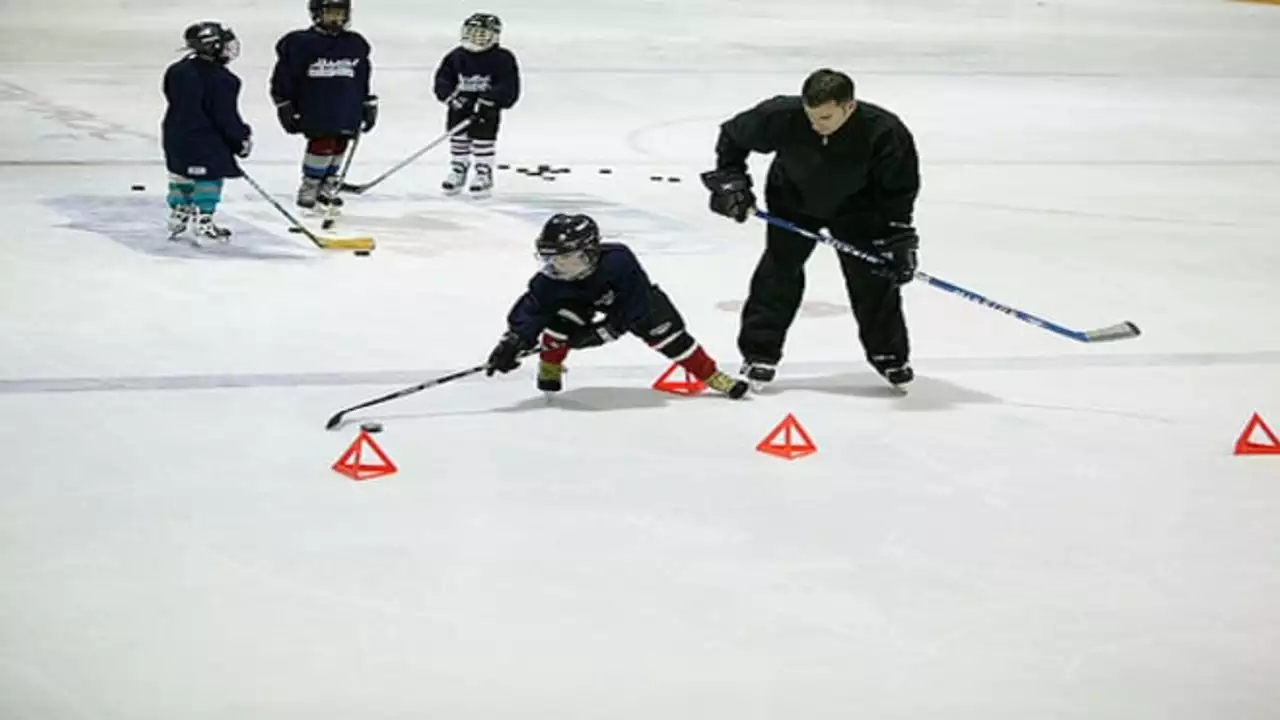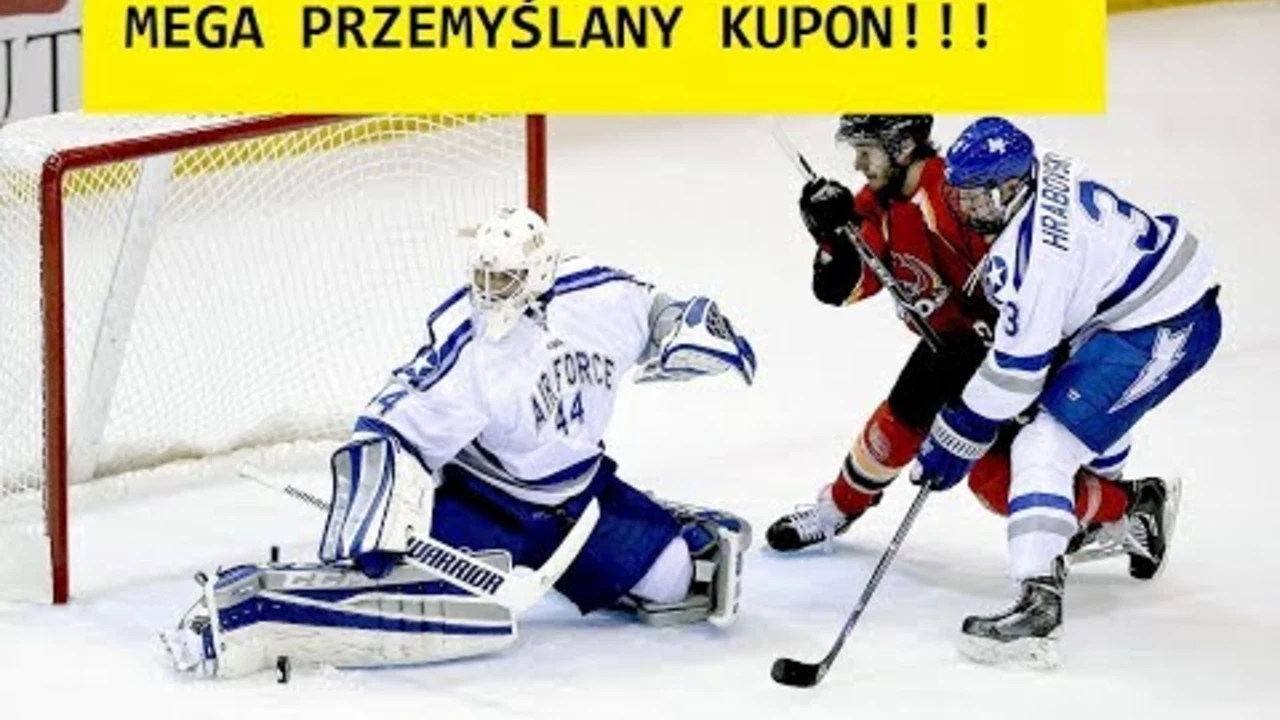July 2023 Hockey Archive: Night Games, Blue Pitches, Power vs Accuracy & Game Types
Welcome back, hockey fans! July brought a mixed bag of questions that spark real conversations on the rink and beyond. From why the NHL lights up the night sky to the bright blue turf under our feet, we’ve covered the basics, the myths, and the practical side of the sport. Let’s break down each story and see what you can take away for your own game.
Why NHL Games Almost Always Play at Night
The NHL’s night schedule isn’t just a coincidence – it’s a strategic move. Prime‑time slots mean most fans are home, relaxed, and ready to binge‑watch. Networks love it because higher viewership translates into better ad rates, and players get a bigger audience cheering them on. The night also adds drama: stadium lights, cooler temperatures, and a louder crowd create a buzz you don’t get during a daylight match.
For local clubs like Bromley, the lesson is simple: timing matters. If you’re organizing a friendly or a league match, aim for evenings when families can attend without work or school conflicts. You’ll see a noticeable bump in turnout and energy on the field.
Why Some Hockey Pitches Are Blue
Ever wonder why you see that striking blue surface at big tournaments? The answer lies in visibility and glare reduction. The bright blue contrasts sharply with the yellow ball or puck, helping players, referees, and spectators track fast‑moving action. The color also cuts down on sun glare, especially on outdoor fields, making it easier to read passes and shots.
Since the 2012 London Olympics popularized the blue turf, many clubs have adopted it for a modern look and a performance edge. If your club is thinking about a resurfacing project, consider a blue surface – it’s not just a style choice, it can improve game clarity and reduce visual fatigue.
Power vs Accuracy: What Matters More?
This debate shows up in every locker room. A hard slapshot can zip past defenders, but without precision it’s just a noisy miss. Conversely, a perfectly placed gentle pass can split a defense and set up a goal. The reality? Both are essential, and the best players blend them.
Training tip: schedule drills that isolate each skill. Use a target net for accuracy work, then switch to power‑focused shooting drills. Over time you’ll notice players naturally balance force with placement, creating more effective offensive plays.
What Types of Hockey Exist?
Most people think of ice hockey first, but the sport spreads across many surfaces. Field hockey dominates on grass or synthetic turf worldwide. Roller hockey brings the ice vibe to wheels, with both quad and inline versions. Street hockey keeps the action on asphalt, perfect for backyard tournaments. And for the truly adventurous, there’s underwater hockey – a fast, low‑gravity game played at the bottom of a pool.
Understanding these variations helps clubs like Bromley broaden participation. Organize a “hockey sampler” day where members try a short session of each style. You’ll attract new players, keep existing members engaged, and showcase the sport’s versatility.
July’s posts gave us a quick tour of scheduling tricks, field aesthetics, skill balance, and the sport’s many flavors. Take the ideas that fit your club, test them out on the pitch, and watch the excitement grow. Keep checking the Bromley Hockey Club site for more tips and stories – we’re all about making the game better for you.



